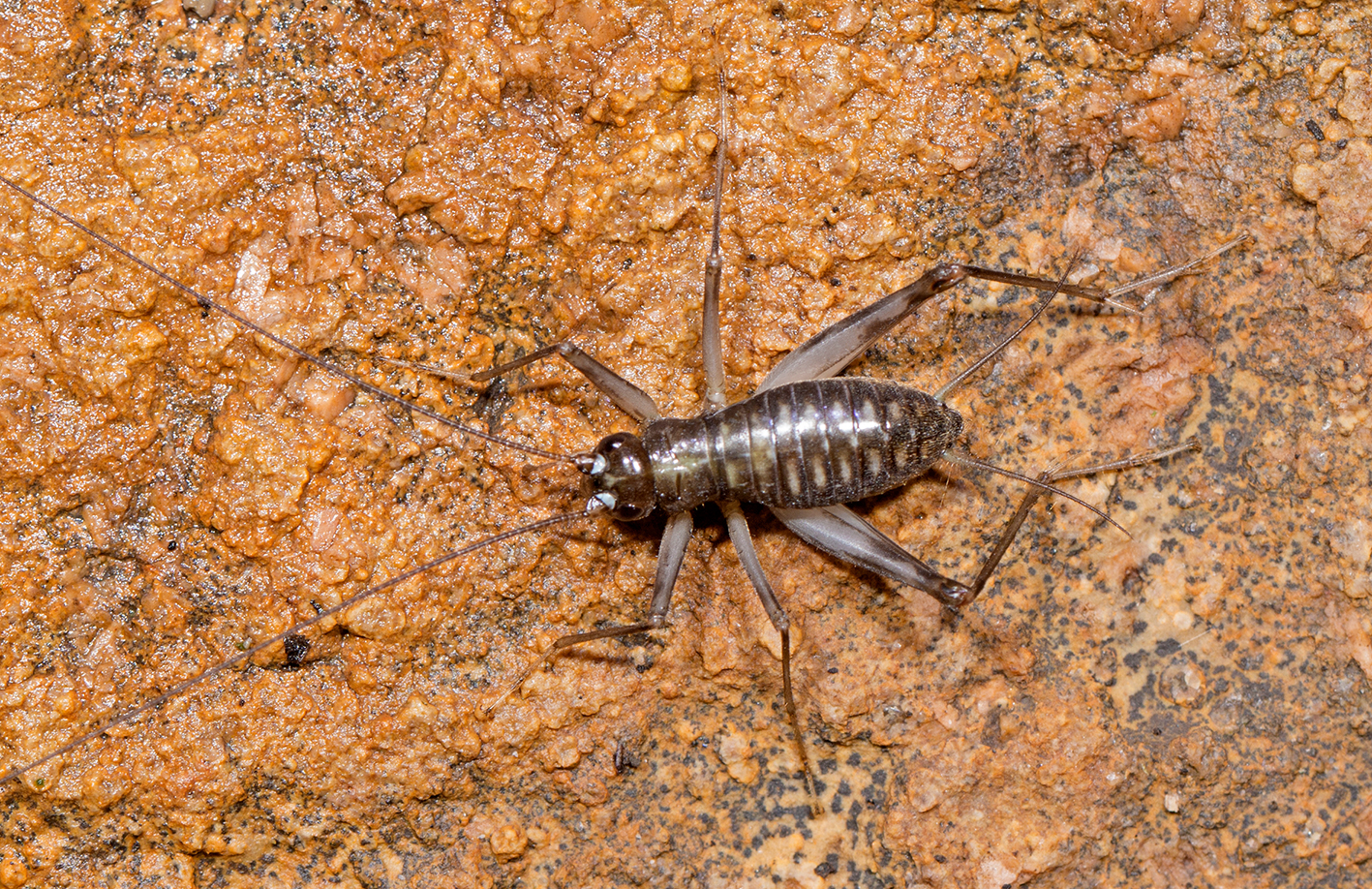Abstract
Parapteronemobius contains 7 species or subspecies distributed in East Asia with only one species recorded from China. In this study, we reported the second species, P. chenggong He sp. nov., from Zhejiang. The new species differs from P. dibrachiatus in body size, male genitalia and COI gene. The phylogeny of this genus in subfamily Nemobiinae are discussed based on COI, 18S and 28S genes. The type specimens are deposited in the Museum of Biology, East China Normal University (ECNU).
References
- Drummond, A.J. & Rambaut, A. (2007) BEAST: Bayesian evolutionary analysis by sampling trees. BMC Evolutionary Biology, 7 (1), 214.
- https://doi.org/10.1186/1471-2148-7-214
- Giribet, G., Carranza, S., Riutort, M., Baguna, J. & Ribera, C. (1999) Internal phylogeny of the Chilopoda (Myriapoda, Arthropo-da) using complete 18S rDNA and partial 28S rDNA sequences. Philosophical Transactions of the Royal Society of London. Series B: Biological Sciences, 354, 215–222.
- https://doi.org/10.1098/rstb.1999.0373
- Gorochov, A.V. (1985) Contribution to the cricket fauna of China (Orthoptera, Grylloidea) [in Russian]. Entomologicheskoe Obozrenie, 64 (1), 89–109.
- Gorochov., A.V., Tan, M.K. & Lee, C.Y. (2018) Taxonomic notes on the cricket subfamilies Nemobiinae and Trigonidiinae (Or-thoptera: Gryllidae) from islands and coasts of the Pacific and Indian Oceans. Zoosystematica Rossica, 27 (2), 290–321.
- https://doi.org/10.31610/zsr/2018.27.2.290
- He, Z.-Q., Shen, C.-Z. & Wu, X. (2020) The first phylogenetic study of sword-tail crickets from China inferred from COI, 18S and 28S genes, with the establishment of two new genera and description of one new species (Orthoptera: Grylloidea: Trigonidi-idae). Zootaxa, 4890 (1), 119–128.
- https://doi.org/10.11646/zootaxa.4890.1.7
- Jarvis, K.J., Haas, F. & Whiting, M.F. (2005) Phylogeny of earwigs (Insecta: Dermaptera) based on molecular and morphological evidence: reconsidering the classification of Dermaptera. Systematic Entomology, 30, 442–453.
- https://doi.org/10.1111/j.1365-3113.2004.00276.x
- Kumar, S., Stecher, G. & Tamura, K. (2016) MEGA7: Molecular Evolutionary Genetics Analysis version 7.0 for bigger datasets. Molecular Biology and Evolution, 33 (7), 1870–1874.
- https://doi.org/10.1093/molbev/msw054
- Ma, L.-B., Zhang, T. & Qi, T. (2015) First record of cricket genus Caconemobius (Grylloidea: Nemobiinae) from China with de-scription of a new species. Zootaxa, 3914 (5), 585–590.
- https://doi.org/10.11646/zootaxa.3914.5.7
- Pan, C.-Y., Hu, J., Zhang, X. & Huang, Y. (2006) The DNA barcoding application of mtDNA COI gene in seven species of Catan-topidae (Orthoptera). Entomotaxonomia, 28, 103–110.
- https://doi.org/10.1016/S1872-2067(06)60034-X
- Shen, C.-Z. Guo, K.-P. & He, Z.-Q (2020) A pilot phylogeny study of Nemobiinae inferred from 18S, 28s and COI genes, with de-scriptions of two new genera and a new species from Hainan, China (Orthoptera: Grylloidea: Trigonidiidae). Zootaxa, 4778 (2), 383–390.
- https://doi.org/10.11646/zootaxa.4778.2.9
- Whiting, M.F. (2002) Mecoptera is paraphyletic: multiple genes and phylogeny of Mecoptera and Siphonaptera. Zoologica Scripta, 31, 93–104.
- https://doi.org/10.1046/j.0300-3256.2001.00095.x


